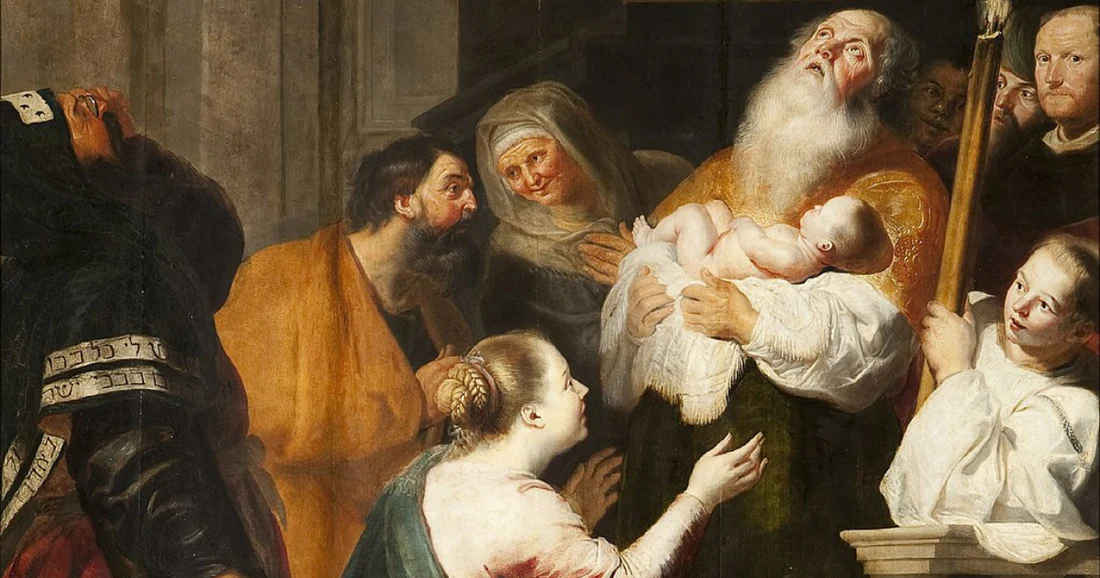
This weekend, we celebrate the Feast of the Presentation of the Lord. The origin of this feast goes back to the early fourth century. The entire celebration of this feast is based on Jewish customs at the time of Jesus. In Leviticus chapter 12, Moses gave instructions about the purification of a woman after childbirth. It instructed them to go to the temple on the 40th day after the birth and to offer sacrifices as a sign of their purification. And if the child was the first-born male, he was to be offered to God.
Every first-born male belonged to God (Exodus 13:2, 12-13). The first-born animal was sacrificed but humans had to be redeemed. After offering the child to God in the temple, the child’s father had to redeem him by paying what was prescribed in the law. The price of redemption for a child was five “shekels of silver” (Num 18:15-16). Being devout Jews, Mary and Joseph followed all that was commanded in the books of the law.
There were a lot of things happening at the time of the presentation of Jesus. Luke, in a way mentions that Mary and Joseph were poor and could only offer two doves or two pigeons. For Luke, the poverty of Jesus is something essential – Jesus had to take on himself all forms of human limitation or misery, to set humanity free to worship God alone.
Now there was an old prophet, Simeon, in the temple who glorified God for the gift of Jesus. He proclaimed that Jesus is a gift to all of humanity – “a light for revelation to the gentiles” (Lk 2: 32). Then he gave his prophecy to Mary, saying to her that, “a sword will pierce your own heart too” (Lk 2:35). Many authors believe that this prophesy is about Jesus’ passion, crucifixion and his death in the presence of Mary being at his side near the cross. But there is something more to it – Mary is also seen as a symbol of Israel (a holy daughter of Zion). Jesus’s entire life is a great contradiction to Jewish customs, traditions and thinking. He brought division and great pain – those who believe in him will have eternal life (Jn 3:16), and those reject him will have eternal condemnation (Jn 3:17). The redemption or the suffering of Israel thus depended on their commitment to God in Jesus Christ.
Traditionally, on the feast of the Presentation of the Lord, the Church would have a procession of lighted candles and would bless the candles that would be used in the liturgy for the full year. People even brought the candles, which they would use at home as light, for blessings. (In early days, there was no electricity, so candles were the main source of light in homes.) Simeon’s proclamation that ‘Jesus is the light to nations’ is the inspiration to these simple rituals that seek for God’s blessings.
–Fr. Ranjan D’Sa OCD

